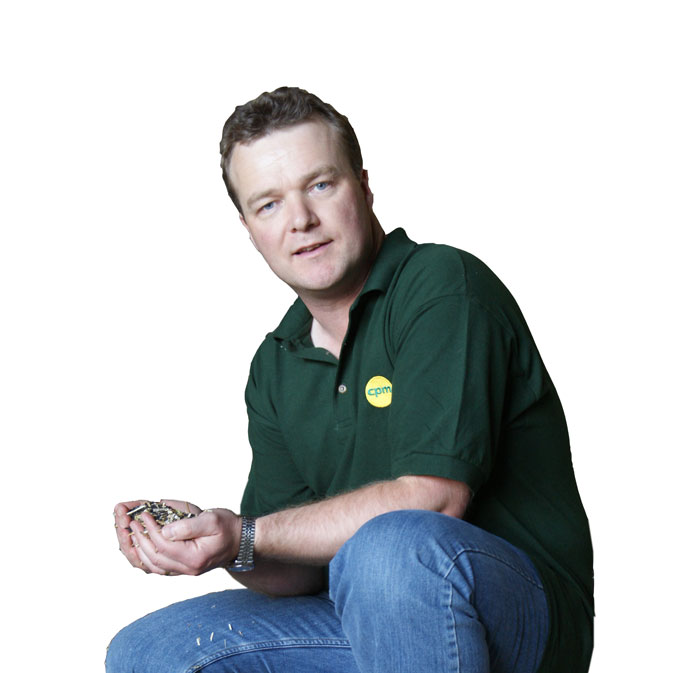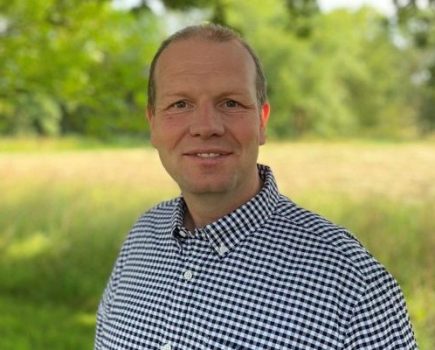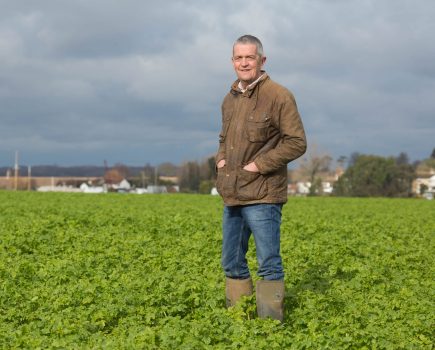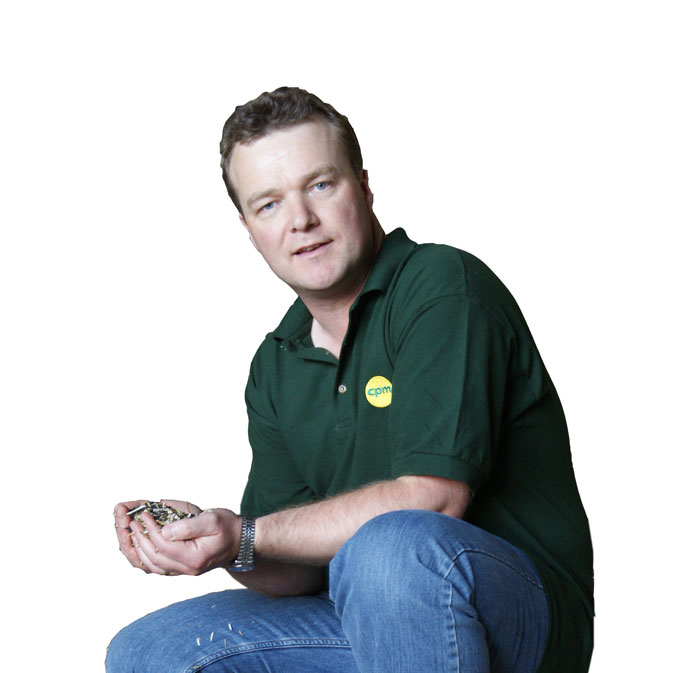 One of the many cruel twists this shocking virus has brought is to put on hold many of the trade talks, meetings and preparations we were to make this spring as the UK strives to strike its own path, and you can only wonder at the cost.
One of the many cruel twists this shocking virus has brought is to put on hold many of the trade talks, meetings and preparations we were to make this spring as the UK strives to strike its own path, and you can only wonder at the cost.
Last week, for example, US Secretary of State for agriculture Sonny Perdue was due to visit, ahead of trade talks that are set to commence shortly. The aim was a dialogue with UK farmers and growers to reach an increased mutual understanding of our approaches to agriculture.
While we’re all fixated on the threats of chlorine-washed chicken and hormone-treated beef, what’s passed largely unnoticed is that Sonny has just launched USDA’s Agriculture Innovation Agenda, a bold and ambitious plan to step up production by 40% while cutting the environmental footprint of US agriculture in half by 2050.
Just savour that last sentence for a moment – ‘plan to step up production by 40%’. Here in the UK we can only dream of such a goal. For many growers, production has flatlined for 20 years. Average UK agricultural productivity growth currently averages just 0.9%, according to AHDB, while for the US, it’s 3.2%. If Defra set such a target for us, quite apart from the complete volte face this would represent from its current environment-fixated policy, we’d wonder whether we’d actually be capable of achieving 40%. But I’d warrant the majority of CPM readers would relish the opportunity to aim for it, given the right tools, resources and mandate to do so.
Cutting our environmental footprint, however – that’s a breeze. We’re probably achieving this literally without even thinking about it. If you look at the targets, goals and mechanisms we’re lining up, if all goes to plan, UK growers are set to become global masters at the environmental agenda.
For the US, it may be the complete reverse: “USDA already closely tracks data on yield, but on the environmental side, there’s some catching up to do,” admits a press statement on its Innovation Agenda.
So just think what a meeting of minds on this Innovation Agenda last week may have achieved.
Consider also the mechanisms we’re putting in place that can breathe life into this initiative. For me, the most fascinating area is the research carried out by farmers here in the UK within their own on-farm trials. Increasingly there’s a co-creation element, of farmers working with scientists, of a more scientifically robust approach and of sharing what’s been learned – we’re getting pretty good at that, too.
Distil this into a network and explore the collaborative opportunities, and there could be some very exciting times ahead. Let’s hope they’re not quelled by COVID-19.
Carbon calculation conundrum
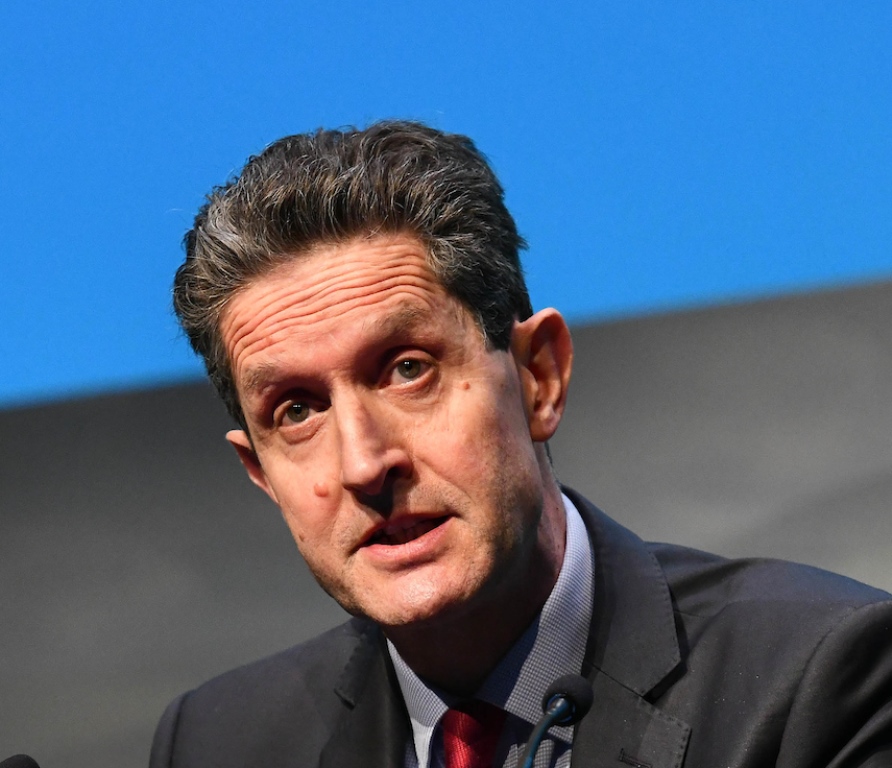
Prof Myles Allen
Once you scratch the surface, the cracks appear, it seems. Climate change unsurprisingly came under scrutiny during a session at the NFU Conference last month, and all is not what it seems when it comes to emissions.
Climate scientist Prof Myles Allen of Oxford University Centre for the Environment suggested the current way of calculating emissions, set in the 1990s, give UK livestock farmers a raw deal.
This multiplies methane emissions by 28 to get to CO₂ equivalence. But the scientific community agrees a more accurate method is to multiply today’s emissions by 112, but subtract 105x emissions from 20 years ago. So a stable herd is currently being overcharged by a factor of 4, while one that has become more efficient by just 10% over 30 years would take the same CO₂ equivalence out of the atmosphere as shutting down a power station.
Meanwhile Tom Bradshaw (former NFU combinable crops chairman, now vice president) has been crunching the carbon calculations on his own Essex farm and found you get a very different figure depending on which tool you use.
In the Cotswolds, Climate Change Champion Hamish Campbell, has found his soil improvement programme has ensured his farm is actually sequestering more CO₂ than it emits. But can you trust the figures?
Our view at CPM is that these carbon toolkits give you a useful guide, but they are time-consuming and far from the definitive answer to what your true carbon cost is. We’ll continue to lead the way in reporting on climate change, but we won’t be publishing any individual on-farm figures to help you benchmark because we simply don’t trust any of the tools currently available to give you an accurate idea. If future ELMs payments are to be based around carbon emissions and sequestration, Defra ought to invest in finding a tool that does.
Tom Allen-Stevens has a 170ha arable farm in Oxon, and on what’s been drilled so far this season, 40% of last year’s harvest would be a dream.

